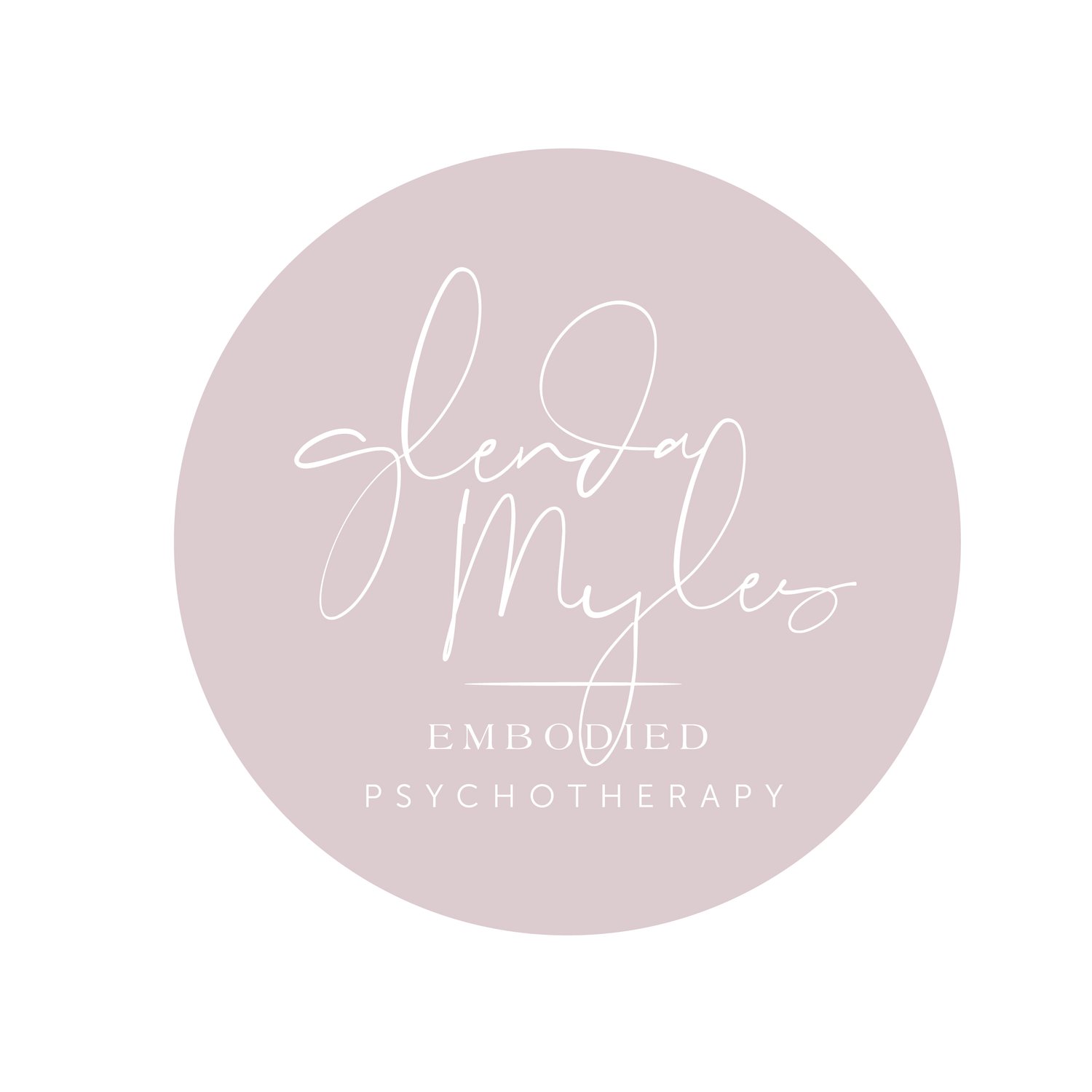Yoga Therapy: A Gentle Path to Healing and Well-Being
“Yoga is the journey of the self, through the self, to the self.”
My Journey into Yoga Therapy: What I’ve Learned So Far
As my first year of studying to become a yoga therapist wraps up, I’ve been reflecting on what an intense and eye-opening journey it’s been. I’ve got a short break over the holidays before diving into my second year, which will focus less on classes and more on hands-on practicums. This year has been all about expanding my toolkit and learning things I never expected, especially how this experience differs so much from my earlier yoga teacher trainings.
Let’s dive into what yoga therapy is and why it’s different—and I’ll share some personal lessons I’ve learned along the way.
So, What is Yoga Therapy?
Yoga therapy isn’t just about striking a pose or getting a workout. It’s a personalized, holistic approach that uses yoga’s principles to support physical, mental, and emotional well-being. Think of it as a custom blend of movement, breathwork, and mindfulness that meets you exactly where you are.
According to the International Association of Yoga Therapists (IAYT), yoga therapy is "the process of empowering individuals to progress toward improved health and well-being through the application of the teachings and practices of yoga." In other words, it’s about adapting ancient yoga practices to fit your needs, your body, and your life.
At its core, yoga’s goal is unity—integrating the mind, body, and spirit. And with yoga therapy, that intention is supercharged, tailored, and deeply personal.
How is Yoga Therapy Different from Regular Yoga Classes?
We’ve all been to a yoga class that’s focused on general wellness, fitness, or just unwinding at the end of a long day. Yoga therapy, on the other hand, goes way beyond that. It’s specifically designed to address individual health conditions, challenges, and personal needs.
In yoga therapy, we work one-on-one or in small groups, tailoring practices like breathwork, modified postures, meditation, and lifestyle guidance to support your unique path to healing. It’s like having a yoga class that’s designed just for you.
“Yoga is not about touching your toes; it’s about what you learn on the way down.”
Lessons from My First Year of Yoga Therapy Training
This year has been a big one for me, filled with personal growth and learning. Here are a few of the key takeaways from my first year of training:
Focus is Everything. I love learning, and my curious mind often wants to explore everything. This year, I had to stay laser-focused on building my skills in yoga therapy, including somatic therapy and its connection to my psychotherapy practice. I had to ask myself often: “Does this add to where I want to go?” And while I didn’t always stay on track (hello, distractions!), I found that coming back to my focus was essential.
It’s Not Like My Other Yoga Trainings. I’ve done various trainings—Kundalini, Hatha, Vinyasa, Restorative, Yin—you name it. But yoga therapy has been completely different. Most yoga teacher trainings focus on class sequencing, poses, and how to guide students through a flow. Yoga therapy, though, is all about therapeutic applications that are unique to each person. It blends anatomy, psychology, and individualized care in ways I never experienced before.
As a therapist, I’m always looking at things through multiple lenses—modern psychology, ancient wisdom, and now yoga therapy. And it all kind of comes together in the most beautiful way.
The Field is Still Growing. Just like other emerging professions I’ve been a part of (like being a Death Doula), yoga therapy is still evolving. There’s so much work being done to professionalize the field, build competency models, and research its effectiveness. Even though we’re still figuring it out, those of us who’ve practiced yoga for years already know—it works!
In a world where everyone’s searching for ways to support holistic well-being, yoga therapy might be the answer we’ve had all along. It nurtures the nervous system, connects us to our inner selves, and provides so many tools for mind, body, and spirit.
Compassion, Ease, and Grace on the Mat and Beyond
One of the biggest shifts I’ve experienced in my training is letting go of that “push through it” mentality. We’re taught to achieve, to strive, and sometimes to force ourselves into shapes that don’t feel good. But yoga therapy is all about creating an environment of compassion, ease, and grace.
This mindset shift has been huge—not just for me, but also for my clients. Instead of pushing harder, we’re listening deeply, honouring our limits, and allowing healing to happen in its own time. The lessons we learn on the mat translate to everyday life, helping us break free from the cycle of stress and burnout.
Accessibility is Key
One of the best things I’ve learned this year is how to make yoga accessible to everyone. In yoga therapy, we adapt postures to suit all bodies, ages, and abilities. Chair yoga, for example, can be just as effective as traditional floor practices. The goal is to support each person’s journey, not to force anyone into a one-size-fits-all mold.
Accessibility doesn’t take away from yoga’s intentions; it actually amplifies them. It makes the practice more inclusive and ensures that everyone, no matter their physical abilities, can experience the benefits of yoga therapy.
Yoga Therapy: A Practice for Every Body
Yoga therapy is for everyone—whether you’re dealing with physical challenges, emotional stress, or just want to connect more deeply with yourself. It’s not about achieving the perfect pose but about creating a space for healing and self-exploration.
Blending Psychotherapy and Yoga Therapy
As a therapist, I love how yoga therapy complements psychotherapy. It’s like the missing piece that connects mind, body, and spirit. Psychotherapy gives us a space to talk through emotions, thoughts, and behaviors, while yoga therapy adds the physical and energetic components. Together, they create a full-circle approach to healing.
It’s about more than just talking; it’s about feeling, moving, and breathing through our experiences. The integration of these two practices builds resilience, self-awareness, and provides practical tools to navigate life’s ups and downs.
Why Try Yoga Therapy?
Personalized Care: Every session is tailored to you.
Holistic Healing: Mind, body, and spirit all working together.
Safe and Supportive: No judgment, just compassion and care.
Empowerment Through Self-Care: Learn tools you can use daily to feel better and live better.
If you're curious about how yoga therapy could support you on your wellness journey, reach out for a consultation. Consider volunteering as a case study for my training. Email me to get on the volunteer list. Let’s explore the benefits of yoga therapy together.


